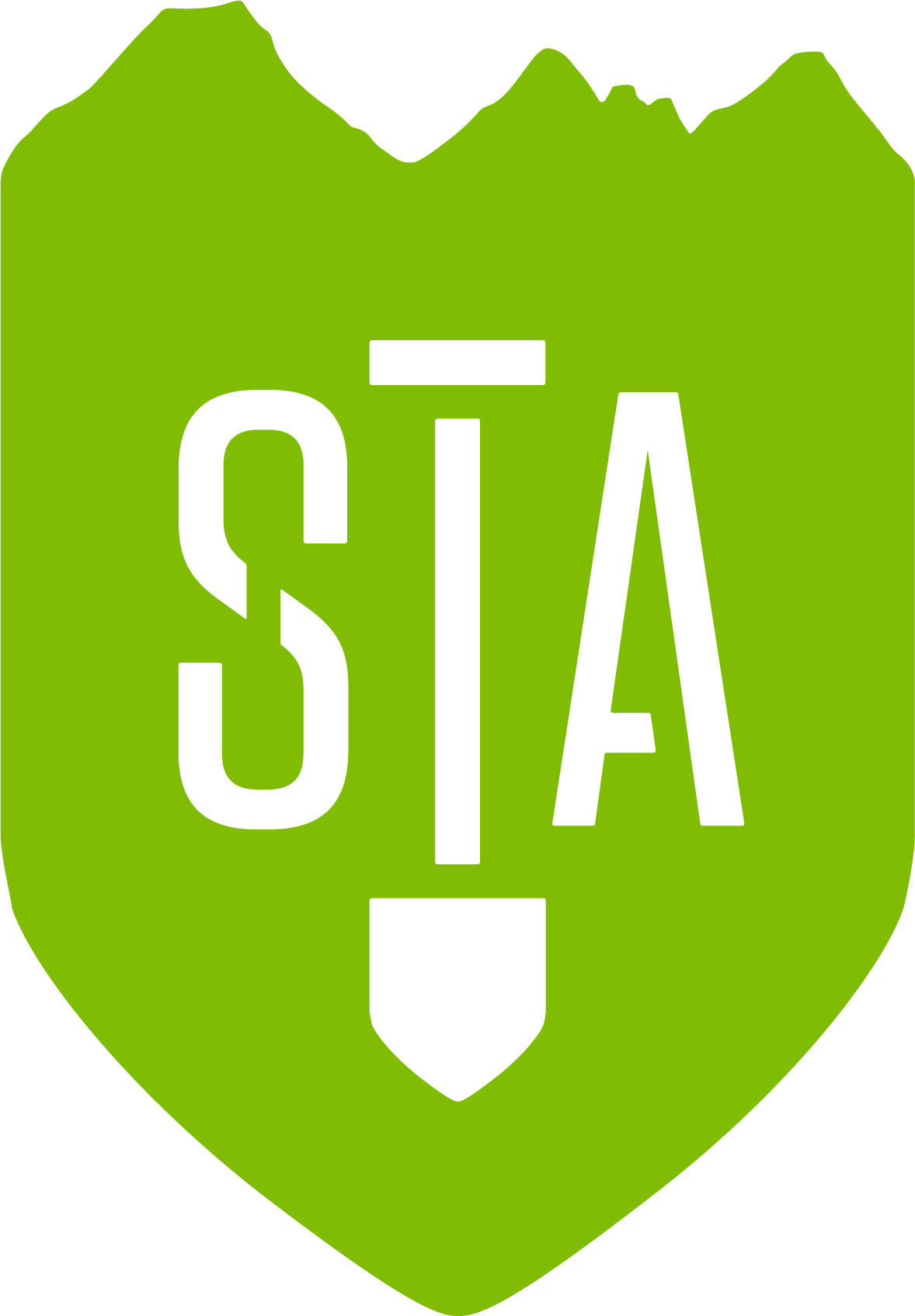Seasonal Wildlife Sensitivity - How to do your part.
As trail stewards and users, we have an important responsibility not only to our trails themselves but to the overall health of our local ecosystem/environment. While many of us spend less time on the trails in winter, year-around use can take its toll on sensitive wildlife and overall ecosystem.
At Sisters Trails Alliance, we take recreation and its impact on nature and wildlife seriously. Being a responsible trail steward, regardless of the season, is crucial to the long-term health of our trails and the general ecosystem in which we recreate. Can we have our cake and eat it too? We think so. However, there are a number of critical behaviors/best practices we must adhere to— as recreational users and stewards— ensuring the long-term health of our local wildlife and the area in which we all roam. To “recreate,” after all, is something we all have in common around here.
This month’s article is designed to share some Best Practices for recreating in the outdoors, especially for those of us who enjoy bringing our dogs, while also highlighting some of the impacts we all have.
Winter is the most highly sensitive time for wildlife. Animals congregate more in winter, due to cold and snowpack, both of which reduce ease of movement. In addition, reduced cover and forage stresses animals so much so they are forced to conserve energy whenever they can.
Why does this matter? When an animal is startled in the wild, they use considerably more energy to escape. Conserving energy is nearly impossible and, what’s worse is the reality that many animals, when startled in their natural, peaceful environment, are forever separated from their mothers or slowly starve due to be forced away from where they forage. The impacts are many and the opportunity for trails stewards and users to reduce this conflict is in our power.
Consider the data above. Even when dogs are on leash, both hikers and their dog/s put “proximity” pressure on nearby habitat. Consider leaving your pet at home when visiting sensitive areas or reduce the distance you travel with your pet (especially if you are not on a designated trail). And always keep your dog on-leash when you see wildlife. That is a must. Owning the fact that we truly have significant impact is the first part of creating new, more appropriate behaviors in the wild.
Once again, the data is clear: the perceived “safe” distance to approach wildlife and the actual distance are significantly different. What does this mean in everyday practice? Well, we wanted to share some great information from our friends at Dirty Freehub. The impact on wildlife and the way to mitigate our impact is manifold. Dirty Freehub provides some great information and Best Practices at the link below.
Click here to learn more: https://dirtyfreehub.org/knowledge-base/wildlife-impact/
Once you have had a chance to learn more, take pride in being an STA-affliiated trail user and/or trail steward. Gain the knowledge it takes to decrease your impact and help America continue to be one of the greatest wildlife refuges in the world. Remember, it’s not just the National Parks, land trusts, state parks, and other recreational areas that make America unique and special; it’s also the relatively (though shrinking) wildlife that roams our lands.
To take a deeper dive into the studied impacts of recreation on wildlife, please read more here from the Wildlife Society Bulletin.




